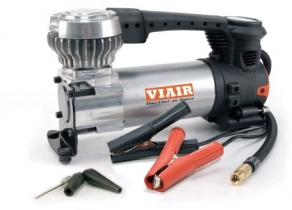-
Welcome to Tacoma World!
You are currently viewing as a guest! To get full-access, you need to register for a FREE account.
As a registered member, you’ll be able to:- Participate in all Tacoma discussion topics
- Communicate privately with other Tacoma owners from around the world
- Post your own photos in our Members Gallery
- Access all special features of the site
TPMS problem...
Discussion in 'Wheels & Tires' started by blackwatertaco, Jan 29, 2010.


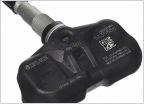 FJ TRD Wheels and TPMS
FJ TRD Wheels and TPMS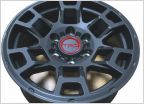 Stock TRD Sport, need e-rated rubber, but considering new rims..
Stock TRD Sport, need e-rated rubber, but considering new rims..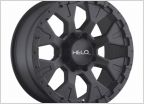 WV Laws and Wheels
WV Laws and Wheels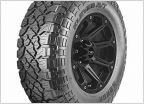 35x10.50R17 Kenda Klever R/T wheels to fit?
35x10.50R17 Kenda Klever R/T wheels to fit? Putting 16" wheels on a TRD Sport
Putting 16" wheels on a TRD Sport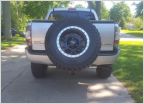 Hitch Mounted Tire Carrier
Hitch Mounted Tire Carrier